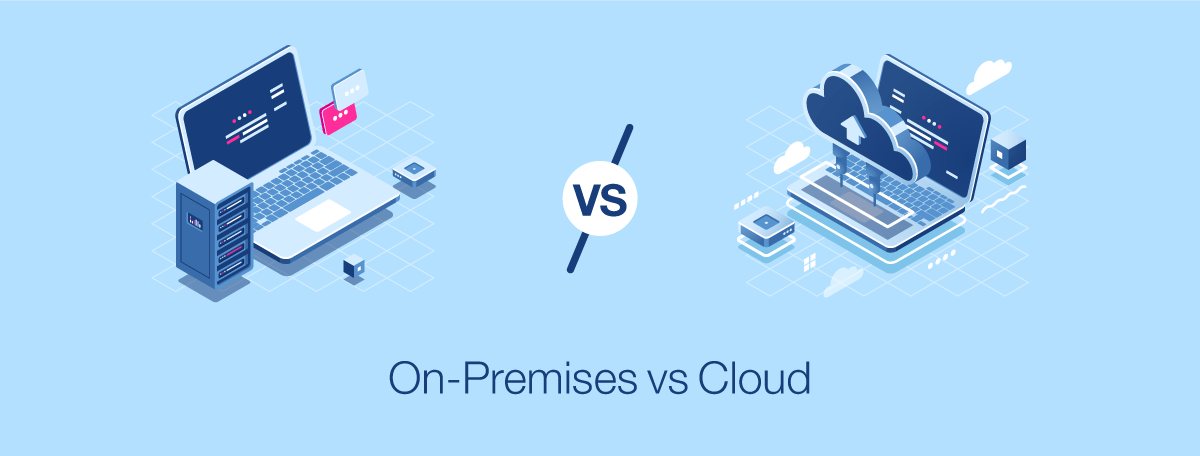

In recent years, business technology
and management has been developing continuously. And what does this mean for
businesses and companies? How can they adapt to the latest changes of the day?
Businesses from small and medium-sized
enterprises or large organizations are constantly racing to provide their
customers with the best services, and the development of Cloud services is a
good partner in their mission, speed of the market, and its ability to adapt to
the changes is a key for a successful business, so the question is constantly
facing businesses and companies is whether to use the cloud to manage their organization
or their own on-premises infrastructure?
In this blog, we will discuss the pro and cons of each of these two approaches.
First, let's ask what's cloud?
In the simplest form, the cloud is the
process of using a remote server through the Internet to use resources such as
e-mail, networking, storage, data, software, and programs, managing and
processing data, analyzing data, and protecting this data is the responsibility
of the provider.
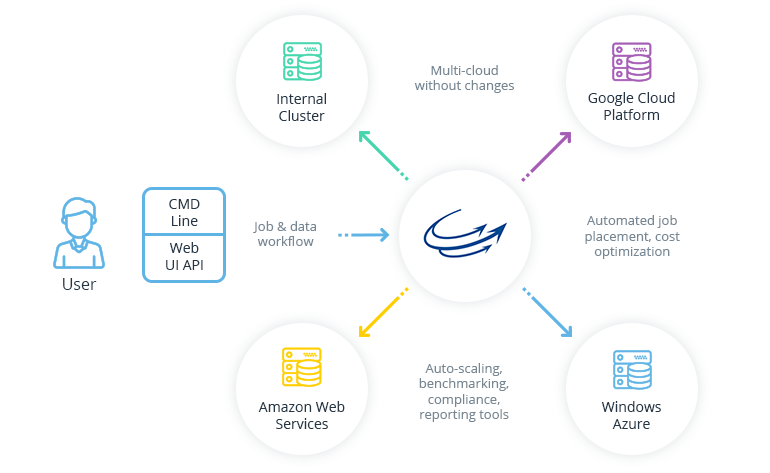
In terms of the ability to process and
store data, we can say that it is unlimited. This helps business startups to
compete in the market, as they only pay for what they use, they can get the
the resource they need with just a few clicks and remove it whenever they don't need
it anymore, according to market and consumer demands.
Cloud is not only about storing data,
but also about communication and assistance. In the cloud, a specific party
provides electronic infrastructure, and in return, businesses can benefit from
these services via the Internet and by paying a specific fee, which means you
can use hardware, software, and data with the cloud.
How many types of cloud service do we
have?
Generally, we have three types of cloud
services, an electronic and IT system for managing organizations and companies contain
several departments. Underneath all of them comes the hardware and the devices,
and finally the data and information. Among them, there are several technologies
and other systems that we have divided into six categories: hardware, virtualization
operating system, runtime, applications, and data.
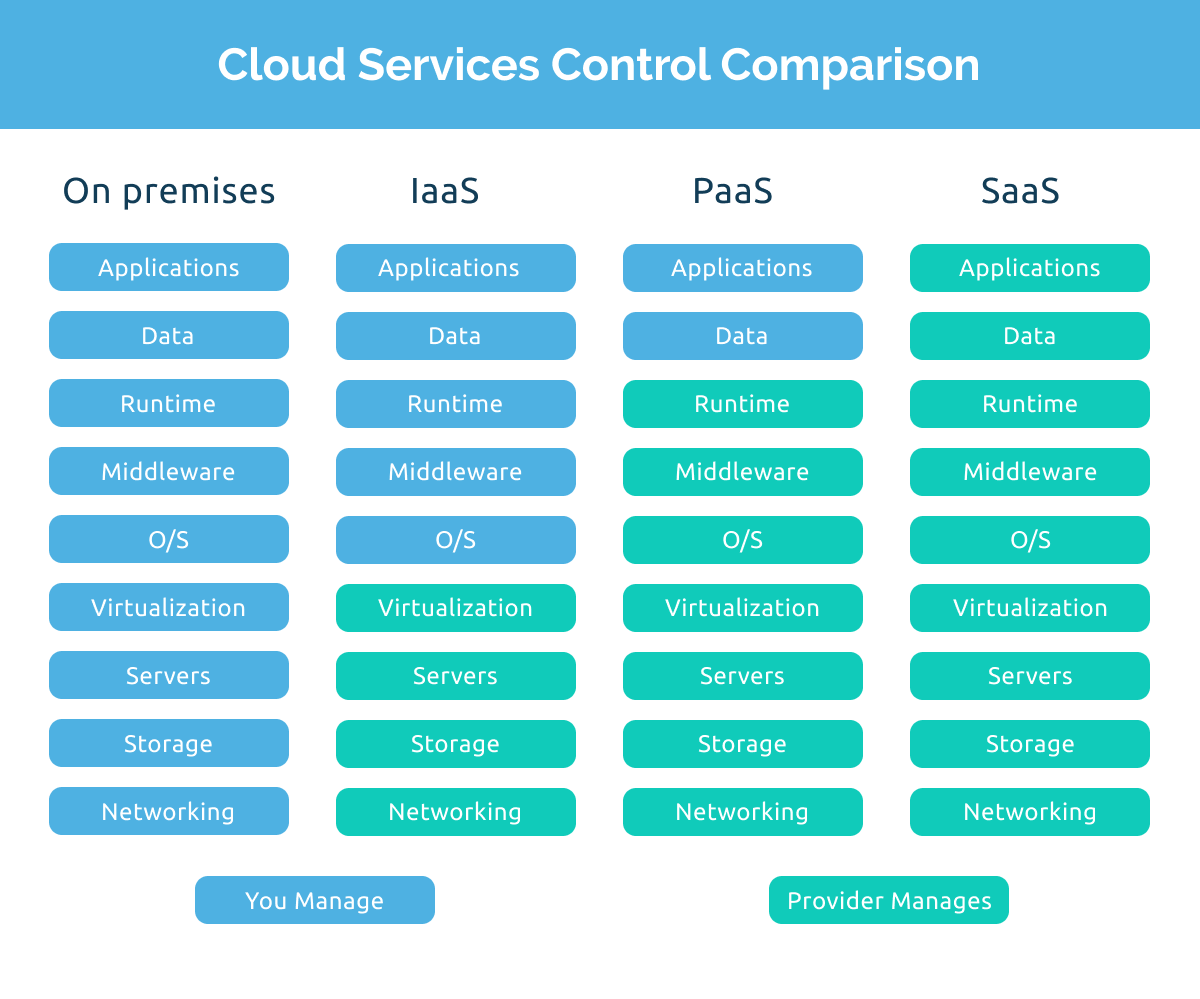
Who are the cloud providers?
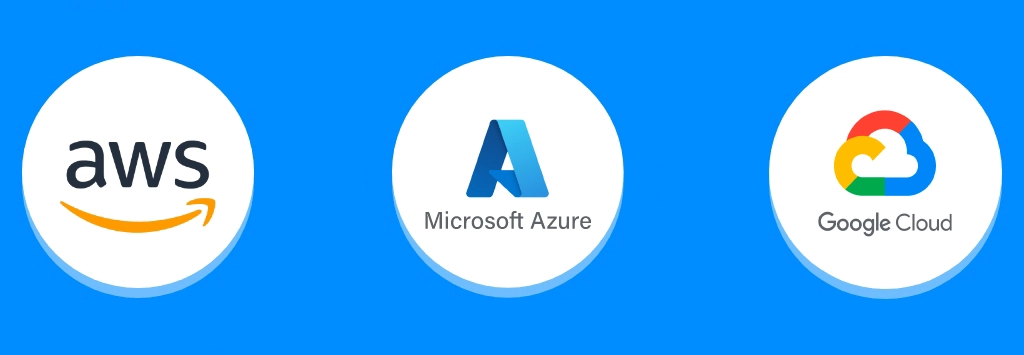
Benefits of using the cloud:
In short: You can access your data at
any time or any place, all costs are set and you don't pay extra, you don't
need a very advanced IT team, high security, it's installed easily, you can
easily increase or decrease resources, you spend less electricity.
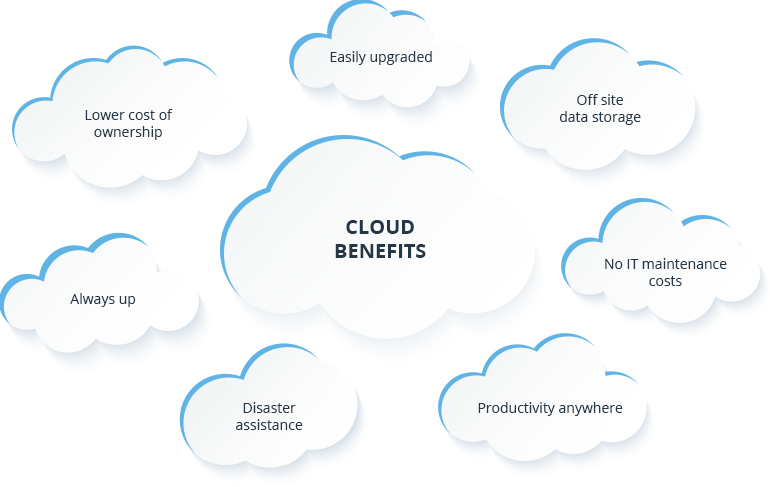
cons of the cloud:
What is on-premises?
We can say it's your own physical infrastructure that you bought and installed in your workplace to manage and run
the server, e-mail, network, storage. We can talk about the benefits and
disadvantages of each of these two ways for a few hours, but the second path is
fading in some fields and losing its importance as services in the cloud continue
to grow continuously.
Benefits of on-premises:
As you can see, both styles have their
own good and bad sides, so the decision to choose one may be difficult. Perhaps
the most important point to consider is data protection, both styles are
protected and provide multiple protection methods and they both require
continuous development. if we look at it in terms of scalability, the cloud is
many years ahead of the other. But, if you can't just choose one of them, why
not both?
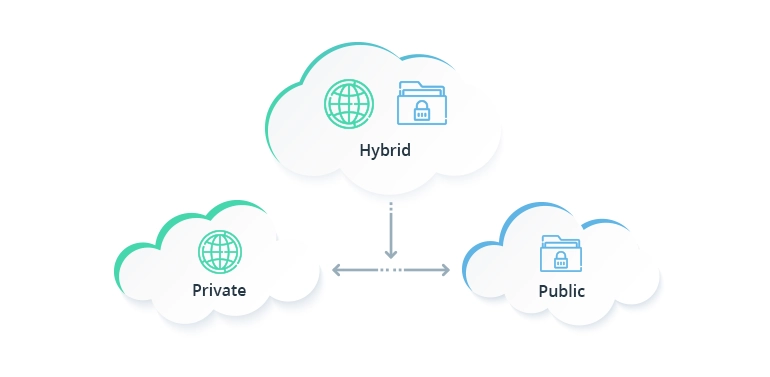
Hybrid environment: Look again at the
good and bad aspects of both ways, if you can get only good aspects of both ways
and have very good security, compatibility, scalability. Regardless the size
of your organization.
You will have control. You can decide
which to store on the third-party side in the cloud and which data to store on-premises
for more protection.
Your employees can use clouds such as
Microsoft Azure, Amazon Web Services, Google Cloud to access their desktops,
files, programs, and emails so that they will never stop working, while you can
back up your data on your servers so that you can still access your data when
the Internet is disconnected.
The decision is yours: Whichever method you choose, cloud, on-premises, or a hybrid environment, it is better to first consider the good and bad aspects of each method. Limiting your organization with just one method may harm you in the future, and only one style maybe enough for you. This means that there is no right or wrong answer. Every organization is different from another and requirements are different. Avesta can help you in this decision and our expert team will give you a consultation to choose an approach that perfectly fits your needs.